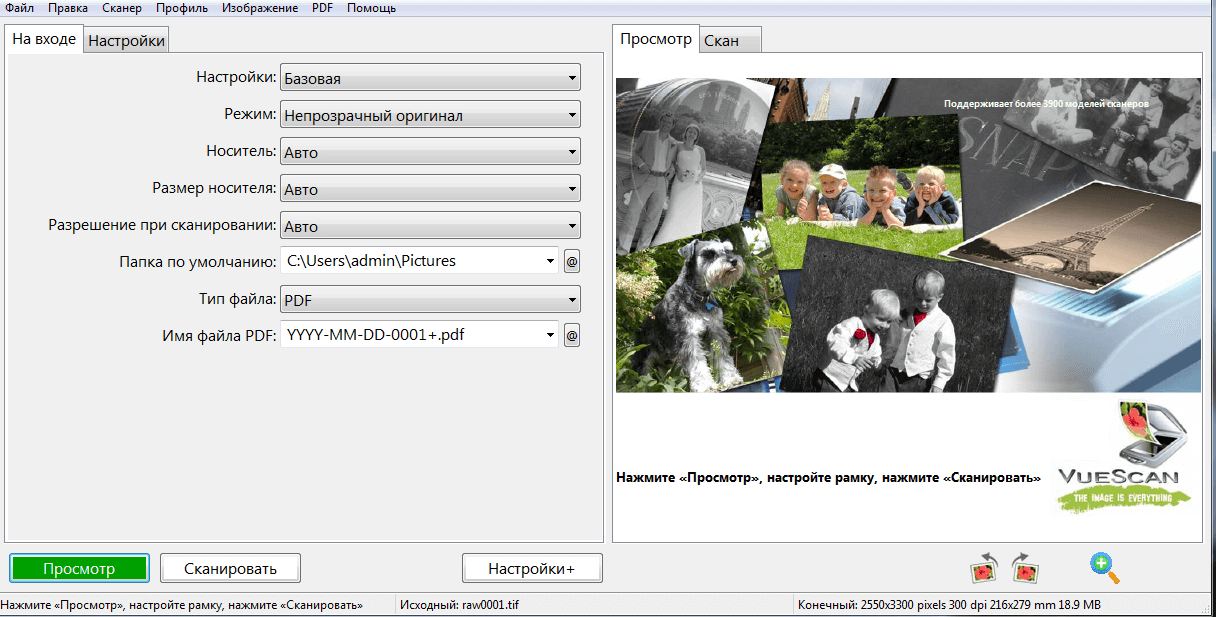

5000ppi lets its produce a 30ish megapixel image from scans, big enough to cover my 13×19 max print size at greater than 300PPI (thumbs up). It has other specs, you can read them on your website of choice. I can only imagine how good film scanning would be today if Nikon was still making scanners. Epson is a fine company and they make fine printers, but even their newest V850 makes film of most formats look just a little mushy. I just wanna shoot my M4 and bring those brilliant little pieces of Portra, Delta, or Fujichrome to the computer with all the potential I know they contain. Even the Coolscan is a cool $3000 dollars on the used market. The current Hasselblad X1 and X5 scanners are literally a decade old, based on technology older than that, and still come with Firewire.

Investment in scanning technology has almost completely stalled about 10 years ago. But over the years, everyone decided to pitch their Hasselblad’s for cameras like the Canon 10D, embracing the dream of 6 megapixels. Sharp, detailed scans with a great DMAX for those dense chromes. It was no flextight (and don’t even chime in Drum people), but it was very, very good. The Coolscans represented Nikon putting their full weight into making a proper desktop scanner. This was in college, when I had access to a Nikon Coolscan 9000. In truth I was able to achieve scans that rivaled my optical prints at one point. Well the answer to that is “market forces” happened. So I wouldn’t blame someone for concluding that film, and specifically 35mm film, gives a (dare I say it) vintage look. It’s certainly true that when you put that SD card in your 5k iMac, go into Lightroom and hit “Z”, those pictures look mighty sharp and smooth! The Sony 42mp BSI sensor is some kind of black magic pulled from the future when compared to some film scans in my library. The conventional wisdom is that a digital capture makes a 35mm capture look like the film image has Vaseline on the lens. I never said, “oh gee, 35mm isn’t that sharp.” But now, digital is for the most part a mature way to make pictures. When I was shooting film and printing in the darkroom, digital cameras were these expensive experiments that were mostly to be avoided. Bad scanners can introduce poor color, soften details, a very high amount of noise, and or ugly digital artifacts. It frequently does not come through unscathed. Scanning is often the bottleneck through which film, a high quality imaging product, must pass. Leica M4 – 35mm F2 Biogon – Fuji Superia 400


 0 kommentar(er)
0 kommentar(er)
